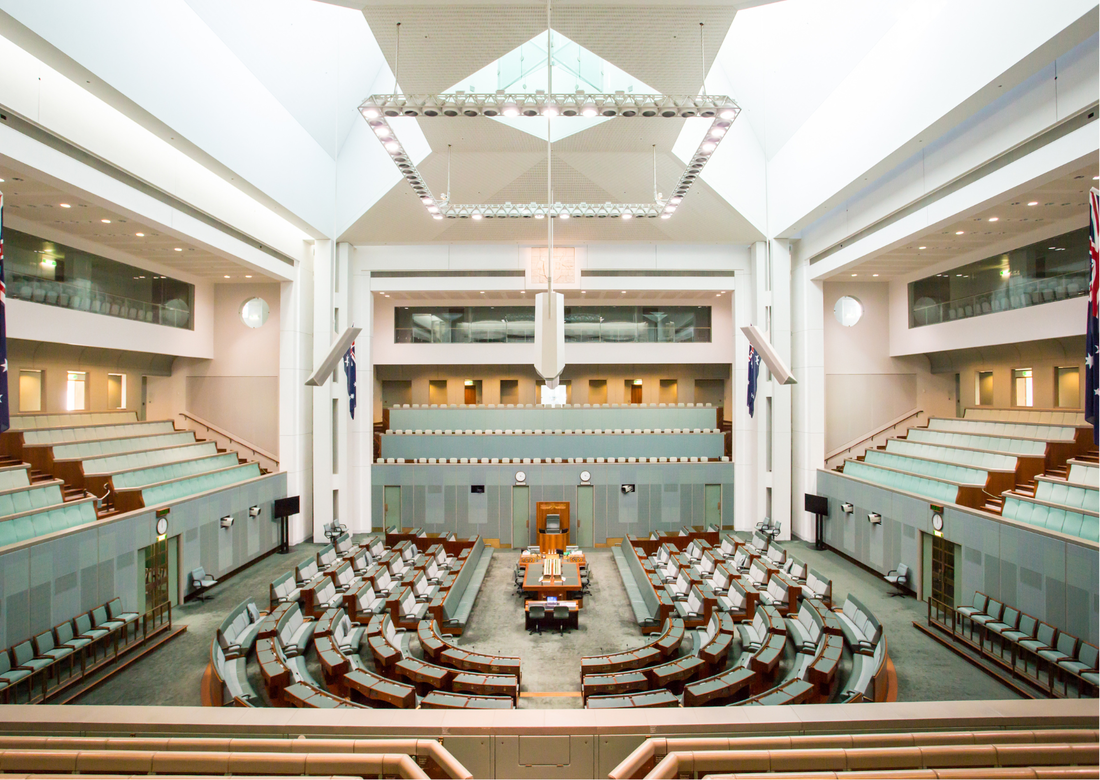|
24th Prime Minister of Australia from 1991 to 1996. Known for his bold and often controversial style was photographed with his arm around the Queen's back. In British royal tradition, touching the monarch is strictly regulated, and any deviation from this protocol is viewed as a significant faux pas. This gesture by Keating was perceived by many as a sign of disrespect or a lack of awareness of royal customs. The media frenzy that followed highlighted the cultural and procedural expectations surrounding interactions with royalty.
Protocol has a surprisingly broad range of definitions, all stemming from the same core concept: a set of guidelines. In its most formal sense, protocol refers to the system of rules governing correct behaviours in official situations. The Oxford Dictionary defines protocol as "a system of fixed rules and formal behaviour used at official meetings, usually between governments." This could be anything from diplomatic protocol, which dictates how ambassadors interact with each other, to royal protocol, which outlines the proper way to address a king or queen. Let’s understand it when addressing the Australian prime minister. Addressing the Prime Minister in a letter:
Salutations in your letter:
Speaking to the Prime Minister:
Where Is Protocol Practiced? Protocols are followed in various settings, including diplomatic relations, professional environments, the armed forces, charities, royalty, cross-cultural relations, and sports. Here are some examples of protocol practices today:
The Purpose of Protocol Protocols serve as a communication tool to maintain order and ensure that processes run smoothly. They are established for specific reasons and help avoid disruptions, ensuring respect and proper conduct in various formal and professional settings. By understanding and adhering to protocols, individuals and organisations can navigate official and social interactions with grace and respect, reinforcing the importance of order and tradition in our daily lives.
0 Comments
Leave a Reply. |
AuthorElizabeth Soos Archives
August 2025
Categories |
|
CONTACT US Submit Your Enquiry |


 RSS Feed
RSS Feed

